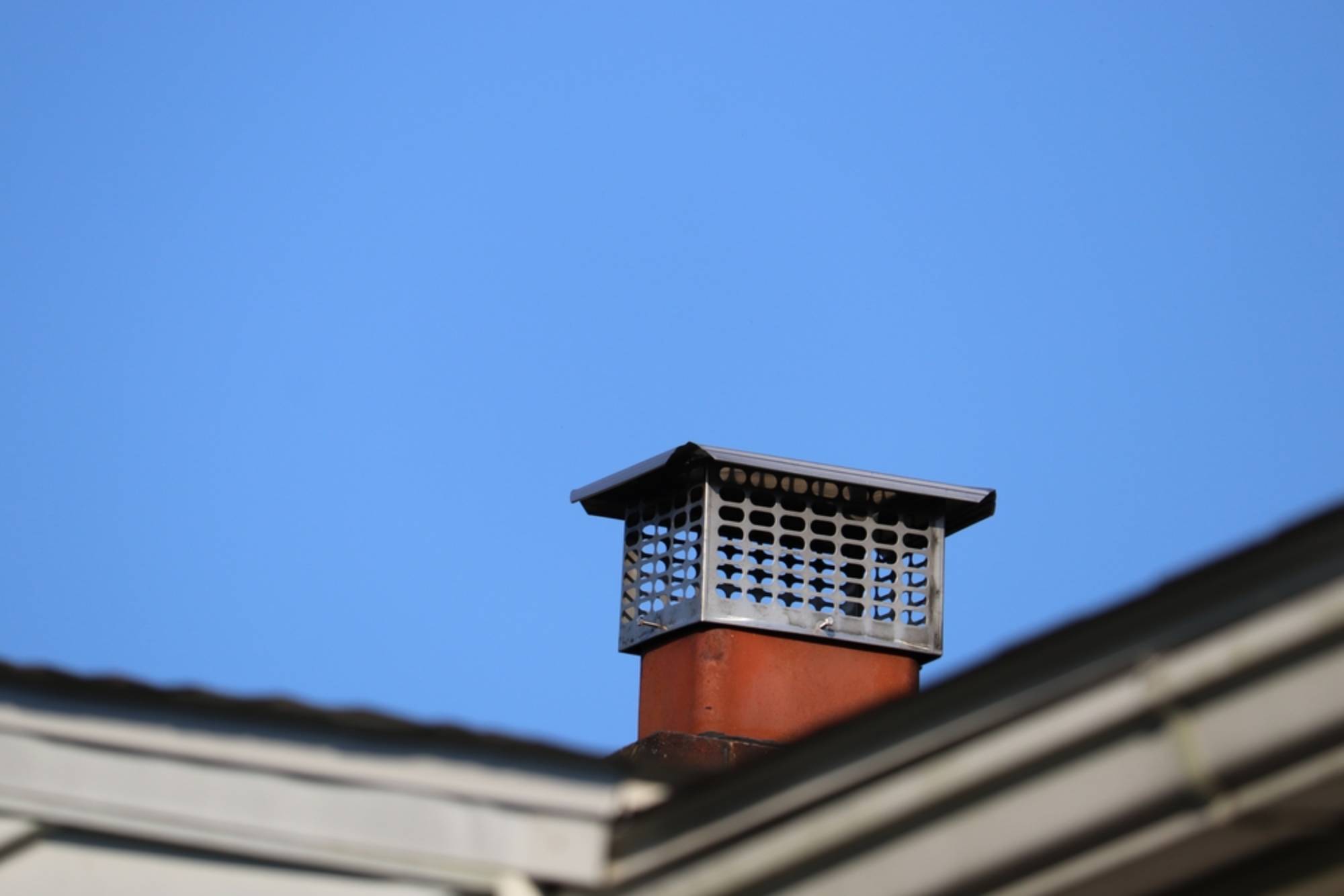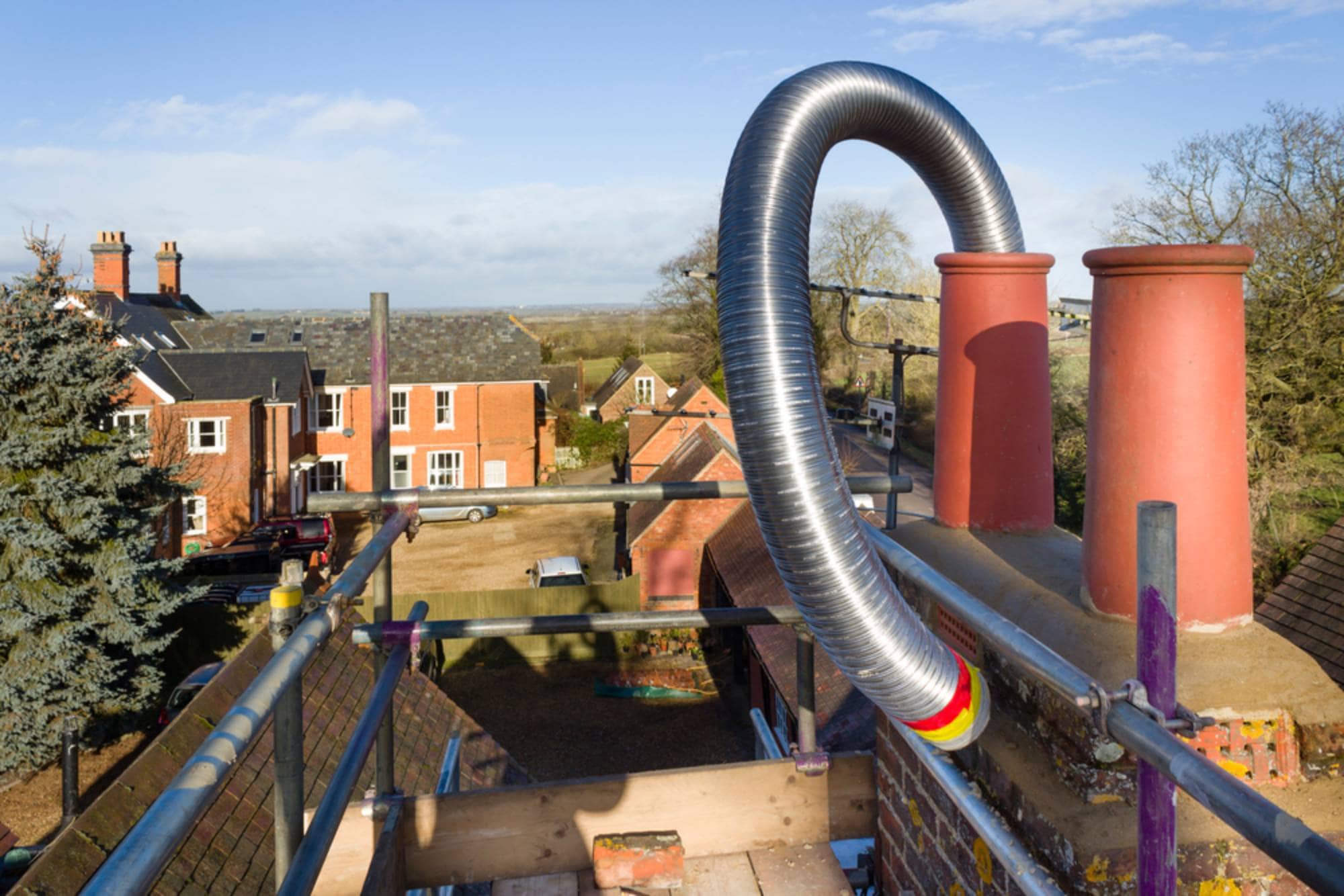Your family deserves a chimney liner that stops dangerous gases cold and prevents house fires—not just something that looks good on paper.

Hear from Our Customers

When your chimney liner installation is done correctly, you stop worrying about carbon monoxide leaks, chimney fires, and those middle-of-winter emergency repair calls that cost a fortune. Your heating system works like it should—efficiently and safely, even during Elmhurst’s brutal cold snaps.
No more smoke backing up into your living room. No more wondering if that smell means trouble. No more lying awake wondering if your family is breathing dangerous gases.
You get reliable heat when you need it and peace of mind when you don’t. That’s what proper liner installation actually delivers.
We’ve been working on Providence County chimneys for years, and we’ve seen exactly what Rhode Island’s freeze-thaw cycles do to chimney systems. The constant temperature swings here crack clay liners, deteriorate mortar joints, and create problems that contractors from warmer climates just don’t understand.
We know which materials hold up to coastal moisture and which ones fail after a few seasons. We’ve repaired enough emergency liner failures to know the difference between a real solution and a temporary patch job.
Our certified technicians use materials designed for New England weather and install them the right way the first time. No shortcuts that’ll come back to bite you in two years.

We start with a thorough inspection to see what we’re dealing with. Is there an old liner that needs to come out? What’s the condition of your flue walls? What size and type of liner will work best with your specific heating system? We need to know all this before we start.
Next comes the prep work—removing any damaged liner material and cleaning the flue completely. You can’t install quality work over debris and buildup, so this step isn’t optional.
Then we install your new liner system. Whether it’s stainless steel, flexible, or clay tile depends on your chimney and heating setup. We size it correctly, insulate where needed, and connect it properly to your appliance. Most installations take one to two days, depending on your chimney’s complexity and condition.

Ready to get started?
Your liner installation includes complete chimney inspection, removal of damaged existing liners, thorough flue cleaning, and professional installation of your new liner system. We handle sizing calculations, insulation requirements, and proper connections to your heating appliance—all the technical stuff that has to be right for safe operation.
Many homes in Elmhurst were built decades ago with clay liners that have cracked from our freeze-thaw cycles, or worse, with no liner at all. We see masonry chimneys regularly that need stainless steel liners to safely handle modern gas appliances or high-efficiency wood stoves.
We use materials rated for Rhode Island’s climate and install them to current safety codes. You get a liner system built to handle many more New England winters, not just something to get you through this heating season.
